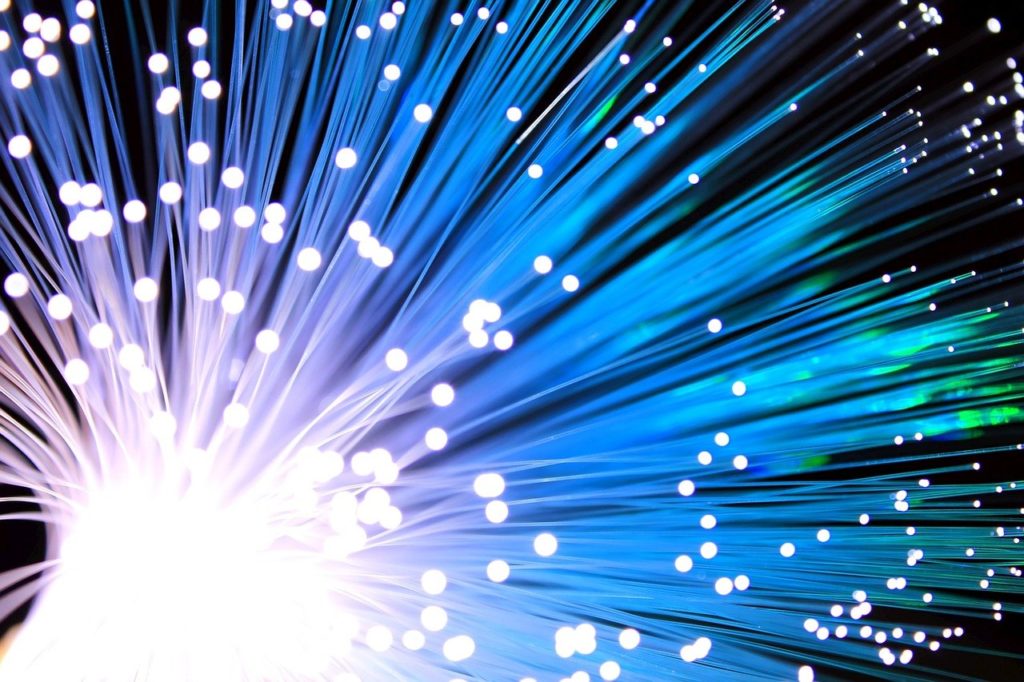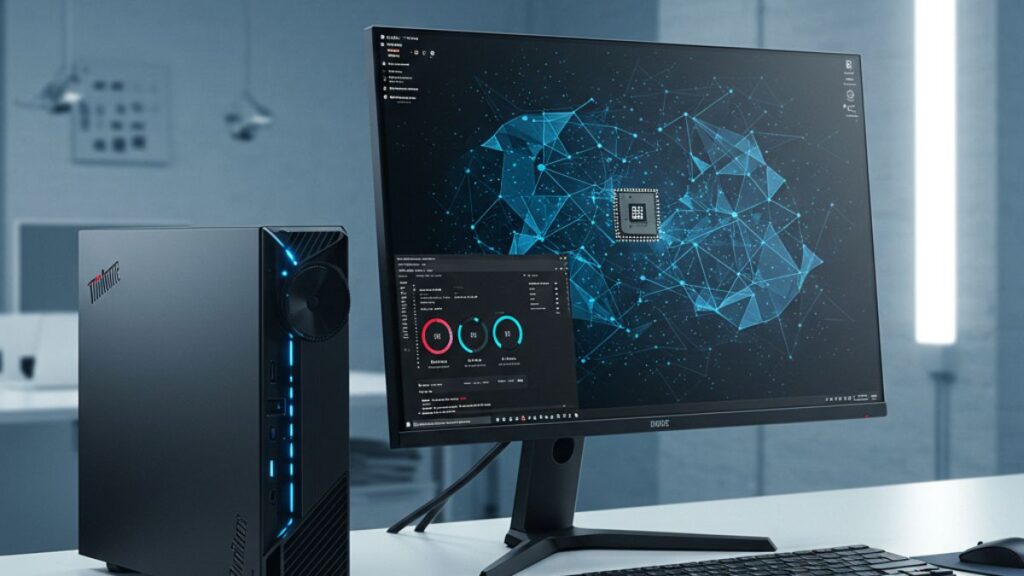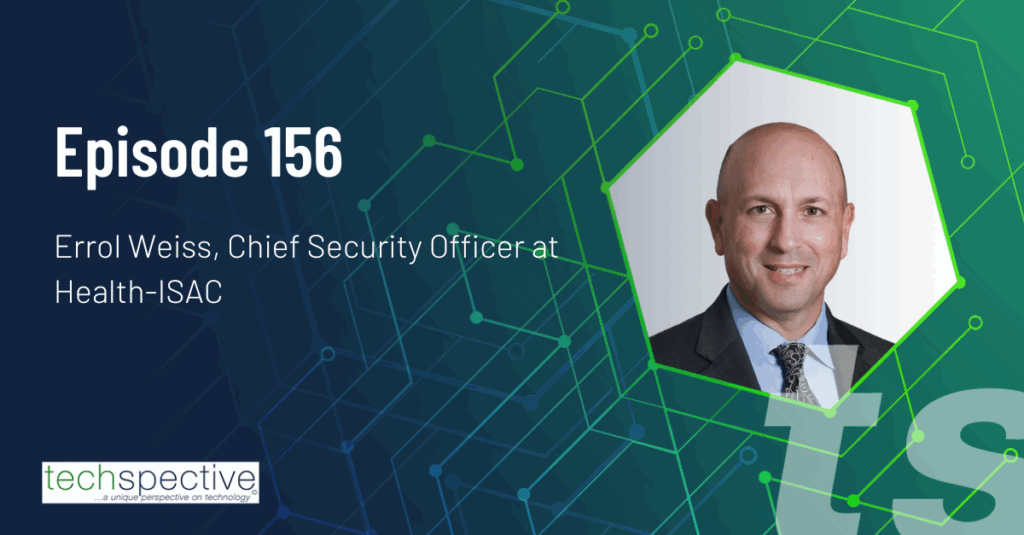CableLabs, which is run by my old friend Phil McKinney, is one of the few firms run by an ex-CTO. I find this interesting because CTOs are tied to a strategic vision that was once core to a CEO’s job description. These days, the role has become far more tactical, which has resulted in companies with far shorter lifespans because, if you don’t plan for tomorrow, you probably won’t survive it.
Creating a template of the future
One of the ways to predict the future is called the Delphi Method, where you pull together a group of people and brainstorm what the future will look like. However, these efforts often focus on existing leadership teams that may be too isolated from the real world and not as predictive as they might be otherwise.
CableLabs has come up with an interesting alternative called the 10G Challenge. The 10G (10 gigabits) Challenge asks people what the world will look like when we have 10G to the home. That’s an interesting question when you consider most of us currently long for even 1G home service and can’t wrap our heads around 10G.
Back in the early 90s, I recall people talking about technology as being well beyond anything we might need in the future. But as we got more processing power and more network performance, we learned how to use it and found we needed even more. If we can figure out a way to anticipate our future needs, then we can better fund the technology to meet those needs, and advancements will continue to be prioritized, hopefully assuring a better outcome.
10G Challenge
The 10G Challenge has a $310K pool of cash for prizes: one top prize of $100K; four runner-up prizes of $50K; and a People’s Choice award for $10K. Initial judges come from the Mayo Clinic, Corning, Zoom, and Intel. The four challenge categories are Live, which emphasizes technologies that will improve various aspects of health and well-being; Work, which is focused on intuitive technologies that help us solve our collaborative problems while improving creativity and productivity; Learn, which is based on education and looking at things like mixed reality worlds and other coming efforts to transform education; and Play, which deals with gaming and entertainment. Here are examples of videos for Live, Work, Learn, and Play. The future is already looking pretty good.
As a result of this effort, and the folks submitting retain rights to their ideas, CableLabs and its partners should be able to get a better sense of what people want and the ever-faster networks the cable industry is planning. This will not only help drive investment but prioritize the related capabilities that would make the winning and considered submissions possible. By stretching the Delphi Method construct outside of CableLabs, they get a wider view of potential futures. While the final winners will be selected by CableLabs people, this process should materially change CableLabs’ future planning and priorities to better match what real people might want to do with enhanced bandwidth.
If you can create a clear and well-supported vision of the future, you should be far more able to not only anticipate that future but help create it. In fact, none other than Abraham Lincoln said, “the best way to predict your future is to create it.” With this approach, CableLabs should be in a far better position to create the future that this 10G Challenge will help identify.
Wrapping up
One of the historical problems in the technology market is a recurring false belief that what we have is more than enough when what we have has never been enough when compared to what we want to do. To overcome this drag on innovation and development, we need to create a well-founded vision of the future that anticipates known advancements. One of those advancements is network speed, and CableLabs’ 10G challenge is designed to anticipate the benefits from 10G bandwidth and use those benefits to help focus and drive related advancements into the future.
While today I think I’d be happy with a mere 1G performance, I can hardly wait to see what the contestants come up with for 10G. I expect it will be amazing.



